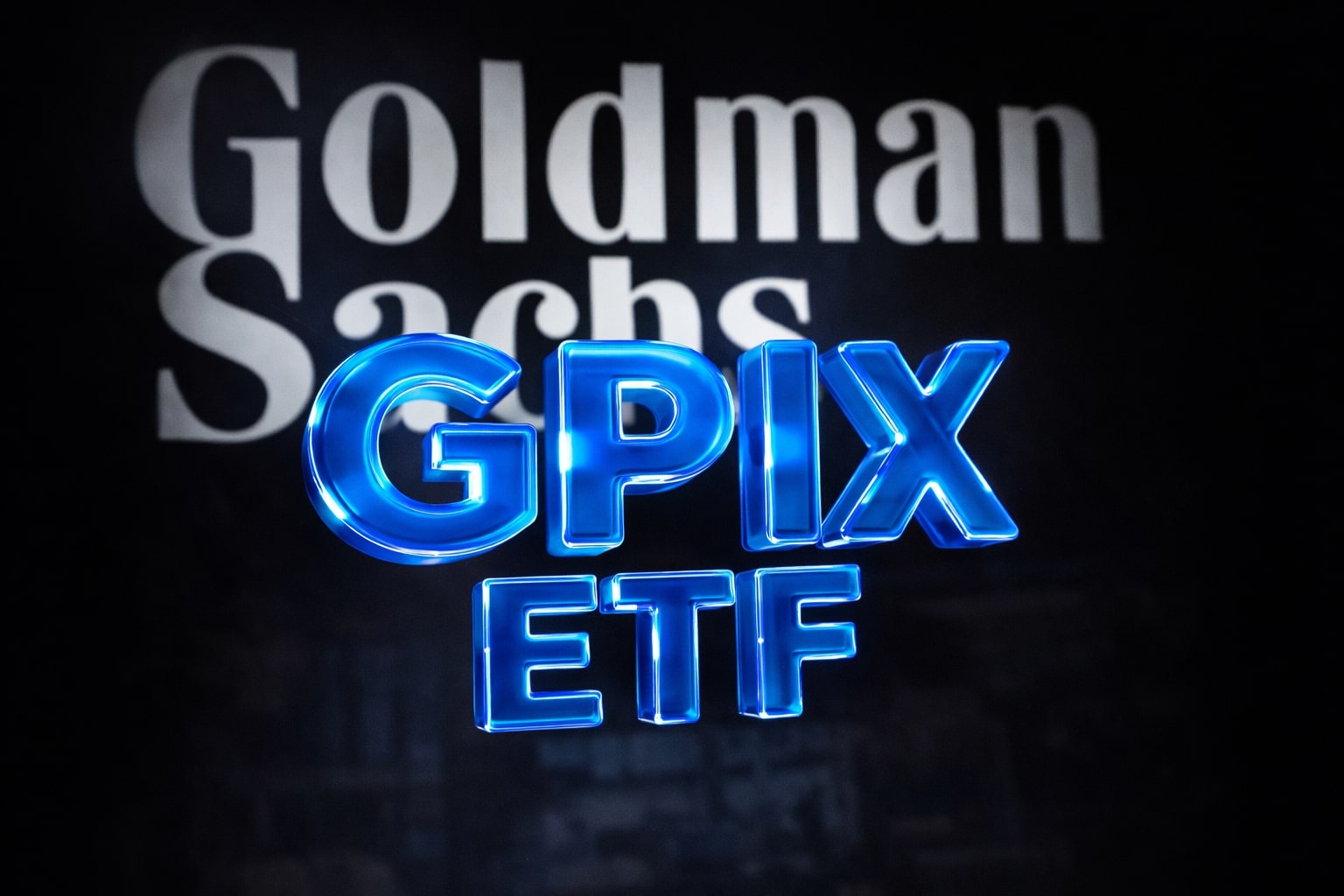
Bitcoin Stalls in $117K–$120K Corridor as Fed, Tariffs & On-Chain Dynamics Collide
With a 98% odds of unchanged rates, looming trade deadlines and Glassnode’s supply “void” pointing toward a $110K test, BTC-USD faces critical support and resistance in the coming sessions | That's TradingNEWS
Federal Reserve Crosswinds Keep BTC-USD Range‐Bound
U.S. futures traders are effectively pricing in a 98 % likelihood that the Federal Reserve will maintain its policy rate at 4.25 %–4.50 % when Chair Jerome Powell speaks at 2 p.m. ET this Wednesday. Nonetheless, those same contracts lay in a 65 % chance for a September rate cut—underscoring growing market speculation that the Fed may shift from its hawkish stance if incoming data shows fresh signs of cooling inflation or labor‐market softening. Meanwhile, President Trump’s unwavering August 1 deadline to impose 25 % tariffs on Indian imports (and an unresolved extension of the U.S.–China 90-day tariff truce set to expire August 12) have injected fresh uncertainty into risk‐asset appetite.
Over the past fortnight, BTC-USD has oscillated in a $117 000–$120 000 corridor, with volatility compressing sharply. Traders have largely parked fresh capital while awaiting Fed commentary, tariff announcements, and potential White House guidance on a U.S. strategic Bitcoin reserve. This policy standoff has turned Bitcoin’s price action into a high‐stakes game of chicken: break below the lower bound and watch a swift test of gap support near $110 000; breach the upper limit and target fresh buying interest toward $125 000 and beyond.
Cost‐Basis “Void” Lures BTC-USD Toward $110 000
On-chain researchers at Glassnode spotlight a conspicuous scarcity of short-term holder (STH) realized cost basis between $115 000 and $110 000—a zone that Bitcoin sprinted through so rapidly in July that few coins found new buyers. Their “Cost-Basis Distribution” heatmap reveals a dense band of STH accumulations between $117 000 and $122 000, but an “air-gap” just beneath spot price. In bull markets, these gaps often get “filled” as the market revisits and tests whether robust support will materialize. Should BTC-USD unwind roughly 7 % from $117 867 toward $110 000, it could retrace that technical void—and gauge whether demand will emerge or capitulation intensifies.
Concurrently, Glassnode’s cohort analysis projects a ladder of profit-taking levels: if Bitcoin overcomes $122 000, STH investors who bought above $117 000 will see meaningful unrealized gains, and those perched near the +2σ standard‐deviation band around $140 000 may press the sell button. That confluence of profit zones suggests any breakout rally could be tempered by supply hitting the tape.
Institutional Custodians and ETF Flows Fuel Supply Squeeze
-
Spot Bitcoin ETFs have now amassed north of $160 billion in assets under management, adding more than 110 000 BTC in Q2 alone. Those flows continue to drain coins from exchange order books, pushing on‐chain exchange balances to multi‐year troughs and amplifying the structural supply deficit.
-
MicroStrategy’s StrategyShares moved aggressively in late July, raising $2.5 billion via preferred share issuance to acquire 21 021 BTC at an average cost of $117 256 per coin—lifting its total corporate holding to 628 791 BTC.
-
Kraken, the world’s 14th-largest crypto exchange by daily volume, is targeting a $500 million funding round at a $15 billion valuation, signaling sustained venture capital appetite for crypto infrastructure despite macro headwinds.
These developments underscore a rising institutional floor under Bitcoin. Yet, while ETF and corporate coffers swell, short-term pockets of resistance still exist—and the meta question remains whether fresh spot demand can absorb the next wave of potential STH profit-taking.
Derivatives Metrics: Leverage Unwinding and Compression Signals
Bitcoin derivatives markets have shown signs of cautious deleveraging ahead of key macro events:
-
Open Interest in BTC futures has fallen from $50.58 billion to $49.58 billion, a $1 billion contraction as traders trim leveraged positions.
-
Liquidations saw over $173.8 million in long bets wiped out in a 12-hour window—a typical pre-FOMC derisking pattern rather than a wholesale collapse.
-
Bollinger Bands on the daily chart have constricted to their narrowest width in three weeks, signaling a potential volatility expansion is imminent.
Such compression often prefaces a decisive directional move: should Bitcoin hold above $117 000 through the Fed statement and tariff updates, a bullish breakout into the $122 000–$125 000 stratosphere could ensue; on the flip side, a failure to defend the mid-range floor near $115 000 would heighten the odds of knifing toward the $110 000 support gap.
Long-Term Holder Supply: Accumulation Fatigue vs. Distribution Signals
Veteran Bitcoin holders—those who’ve sat on their coins for 155 days or more—still control 53 % of circulating supply, a level historically indicative of robust foundational buying. However, the Glassnode LTH/STH supply ratio has dropped 11 % over the past 30 days, signaling that long-term holders are gradually rotating profit into the hands of newer market entrants.
This duality—high conviction accumulation on one hand, subtle distribution on the other—creates a delicate equilibrium: if LTHs continue to offload at current rates without fresh demand stepping in, supply shock dynamics could reverse into downward pressure. Conversely, should on-chain metrics or macro catalysts reignite appetite, the remaining LTH supply could act as a shock absorber, lending support near critical levels.
Macro Liquidity and M2 Contradiction
Despite massive liquidity injections—U.S. M2 money supply jumped 4.5 % YoY in June to a record $22.02 trillion—Bitcoin and broader crypto markets have struggled to sustain July’s rally. Economists attribute this paradox to geopolitical risk (tariffs, trade tensions) and a Fed reluctant to ease prematurely while inflation remains above target. As traditional “money-printing” fails to translate immediately into speculative froth, Bitcoin has settled into a stalemate, balancing bullish structural underpinnings against macro–policy risks.
Altseason Dynamics and DeFi Expansion
While Bitcoin lingers in its corridor, capital rotation into altcoins has gathered pace:
-
Bitcoin Dominance has slipped by over 6 % recently, as traders chase higher-beta altcoin opportunities amid growing regulatory clarity.
-
Decentralized Exchange volumes vaulted to $530 billion last quarter—led by PancakeSwap on BNB Chain and Solana’s PumpSwap usurping Raydium—capturing a record 30 % share of spot trading.
-
DeFi Lending locked value surged to an all-time high of $70 billion, while Ethereum liquid staking eclipsed 30 % of its circulating supply following the Pectra upgrade and subsequent SEC clarification that protocol staking doesn’t constitute a security.
Digital-bank Sygnum’s Q3 outlook forecasts that as regulatory clouds lift, capital will increasingly rotate into alt tokens with tangible use cases and robust tokenomics—potentially igniting a sustained altseason while Bitcoin consolidates its macro catalysts.
Trade-Policy Timers as Price Catalysts
Diplomatic dispatches out of Stockholm this week saw U.S. and Chinese officials discuss extending the 90-day tariff pause beyond August 12, but offered no firm commitment. Meanwhile, new duties on Indian goods loom August 1 unless a last-minute reprieve arrives. Markets have already begun to price the potential macro drag: Bitcoin dipped below $118 000 on the prospect of renewed global trade friction—a reminder that even non-correlated assets can feel the tremors of geopolitics.
Analysts note that should an extension of the China pause materialize—or if Trump publicly signals a delay to India tariffs—the resulting risk-on impulse could trigger a snap rally above the $120 000 ceiling. Conversely, a hard deadline with no extension would likely feed into the $110 000 gap test, subjecting BTC to a stern examination of support levels.
Technical Landscape: Compression, RSI and Breakout Thresholds
-
Compression: With Bollinger Bands narrowing by nearly 45 % over three weeks, Bitcoin’s chart is primed for expansion.
-
RSI Divergence: Some shorter-term charts show a mild bearish divergence in daily RSI, suggesting momentum fatigue—a factor to monitor if price stalls near resistance.
-
Key Thresholds: A clear break above $120 000 unlocks targets at $122 000–$125 000, while a drop beneath $114 000 exposes $110 000 zone—where the STH cost-basis air-gap resides.
These technical markers will guide breakout traders and risk managers alike when the imminent catalyst arrives—be it Fed guidance, tariff news, White House crypto policy, or ETF flow updates.
Strategic Positioning: Weighing the Trade‐Offs
Given the confluence of compressed volatility, macro uncertainty, on-chain supply cues, and institutional fuel, the measured stance for BTC-USD is to maintain current holdings while creeping bid/offer spreads:
-
Bullish Catalyst: A dovish tilt from Powell or a concrete extension of tariff relief would warrant layering into a breakout trade above $120 000, with initial targets at $125 000 and profit zones near $140 000 where STH selling may intensify.
-
Bearish Catalyst: Failure to defend $115 000—especially on hawkish Fed rhetoric or tariff enforcement—calls for protective hedges or partial trimming, as a move to $110 000 would test foundational support and the STH cost-basis void.
By calibrating entries and exits around these clearly defined thresholds—and remaining vigilant to evolving on-chain and macro indicators—traders can navigate Bitcoin’s current choke point until the next major directional thrust unfolds.
That's TradingNEWS
Read More
-
GPIX ETF Climbs to $52.54 as 8% Yield Turns S&P 500 Volatility Into Income
02.01.2026 · TradingNEWS ArchiveStocks
-
XRP ETF Rally: XRPI $11.54, XRPR $16.35 And XRP-USD At $1.99 Aim For A $5–$8 Cycle
02.01.2026 · TradingNEWS ArchiveCrypto
-
Natural Gas Price Forecast: NG=F Tests $3.50–$3.60 Floor Before LNG Wave
02.01.2026 · TradingNEWS ArchiveCommodities
-
USD/JPY Price Forecast - USDJPY=X Holds Near 157 as BoJ Caution and Fed Cut Bets Drive the Move
02.01.2026 · TradingNEWS ArchiveForex

















